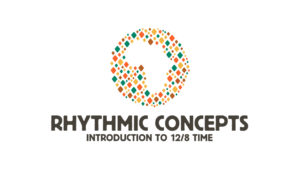Blergh #2: Practising Tones
It’s time to practice your tones. Before you get started, there are a few things to remember when learning or practising your technique to ensure all the parts are correct:
1. Bring Your Hand back. Make sure you are starting in the proper position with your hand flat, fingers straight, and wrist back and loose. This starting position is important because it allows you to strike the drum properly.
2. Make good contact. All of your fingers (and only your fingers) should be making solid contact with the drum. Take a moment to make sure you are striking the drum fully – as an exercise to check this, try “choking the drum” where you strike for a tone, then press your fingers fully down on the surface. While this won’t make the correct tone, it will teach your hand what it feels like to make good contact and give you a chance to see if your fingers are making contact with the surface directly.
4. Bring your Hand back again. Once you’ve finished the strike, bring your hand back up quickly so the sound will ring out clearly. If you are too slow, you’ll mute the sound.
Extra tip – Practice in front of a mirror. If you have one available, it’s always a good idea to watch yourself in a mirror when you practice making a good tone. This lets you see if there are any oddities in your technique that you can correct.
Once you have a grasp on the technique, you’re ready to start the tone exercise. Set a timer for one minute to start. An example exercise is to play two good tones with one hand, then switch to play two good tones with the other hand. Each two good tones on one hand, increases your count by one. Repeat until your time runs out, keeping track of each count.
Lastly, remember to keep a written record with the worksheets we’ve provided. While it might seem like an unnecessary step, it will help you see your progress.




